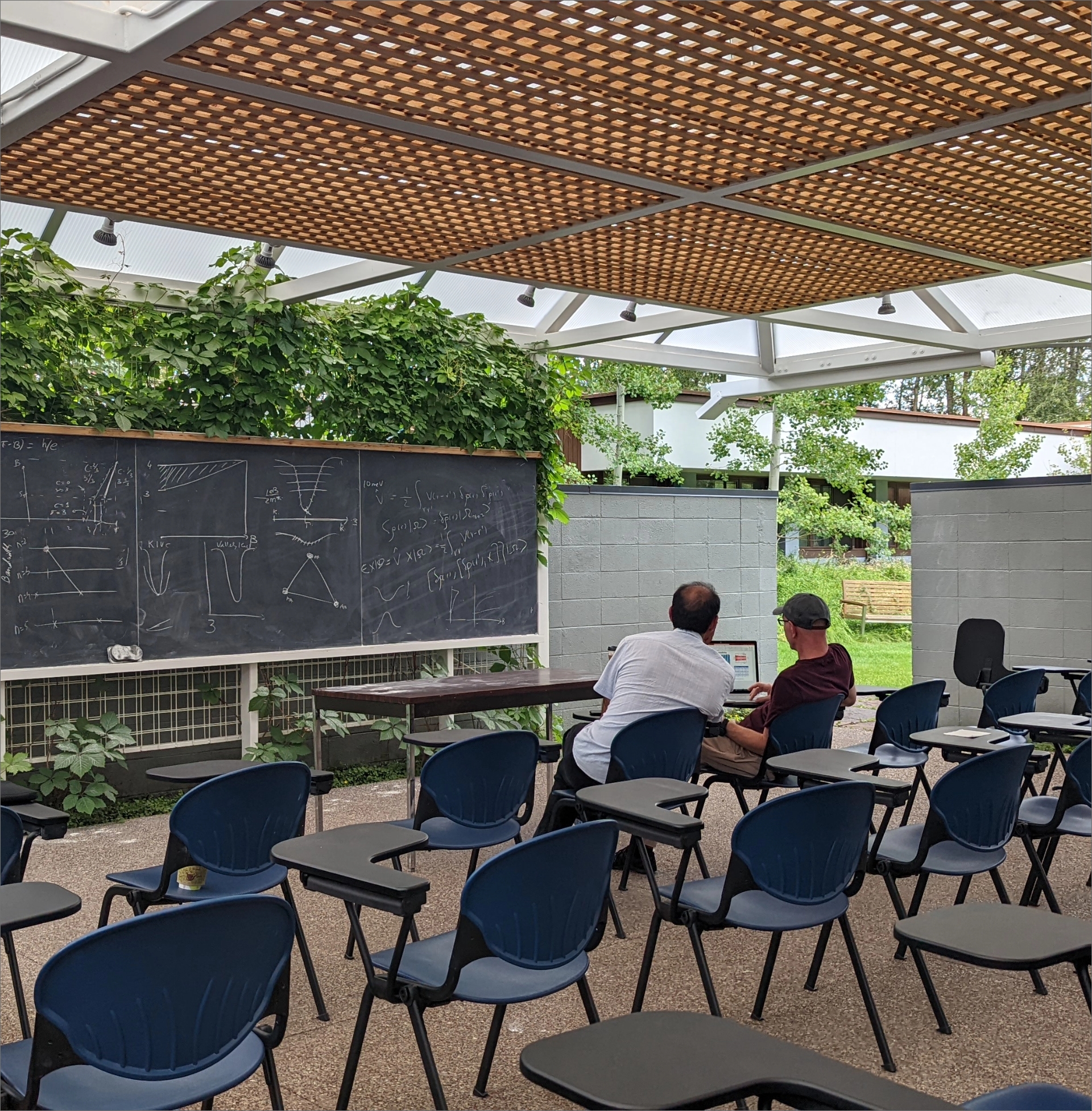
Summer Program
Multi-messenger Transients from Binary Mergers & Stellar Explosions
August 4–25, 2024
Organizers:
Ore Gottlieb, Flatiron Institute
Raffaella Margutti, University of California Berkeley
Enrico Ramirez-Ruiz, University of California Santa Cruz
Irene Tamborra, Niels Bohr Institute
The first joint gravitational wave and electromagnetic detection of the binary neutron star GW170817 marked the dawn of the multi-messenger era with GWs. This watershed event opened a new window to study phenomena such as heavy element nucleosynthesis, black hole formation, the Universe’s expansion rate, the equation of state of dense matter, and the intricate dynamics of relativistic jets. These profound inquiries have reignited interest in investigating similar physical processes at play in black hole-neutron star mergers and core-collapse supernovae. This endeavor necessitates the development of predictive models in anticipation of forthcoming observations in 2024 by LIGO-Virgo-KAGRA, Rubin Observatory, and future observation campaigns, that will transform the field of high-energy astrophysics transients. The primary goal of this workshop is to bring together physicists with broad backgrounds in both theoretical and observational expertise within the domains of electromagnetic, gravitational wave, and particle emissions. Collectively, they will engage in collaborative efforts to identify and investigate pathways for tackling the pivotal scientific questions at the core of this rapidly evolving field.
Summer Workshops
The summer program, running for 16 weeks from late-May to mid-September, emphasizes exciting open problems at the cutting edge. Two or three concurrent workshops, each with a specific focus selected for timeliness and the potential for breakthroughs and of two to five weeks in length, establish the main themes of each week, with twelve or thirteen different workshops each summer, balanced across fields including particle physics, string theory, astrophysics and hard and soft condensed matter physics, as well as emerging areas including biological physics, ultra-cold atom physics, quantum information, and physical mathematics. Additional researchers participate in small working groups or as individual researchers. This framework is designed to maximize informal interactions and free discussion within each area and to promote cross-fertilization between different areas via the common language of theoretical physics. Participation in the summer program of the Aspen Center for Physics is by application and subsequent invitation only. View past workshops.
